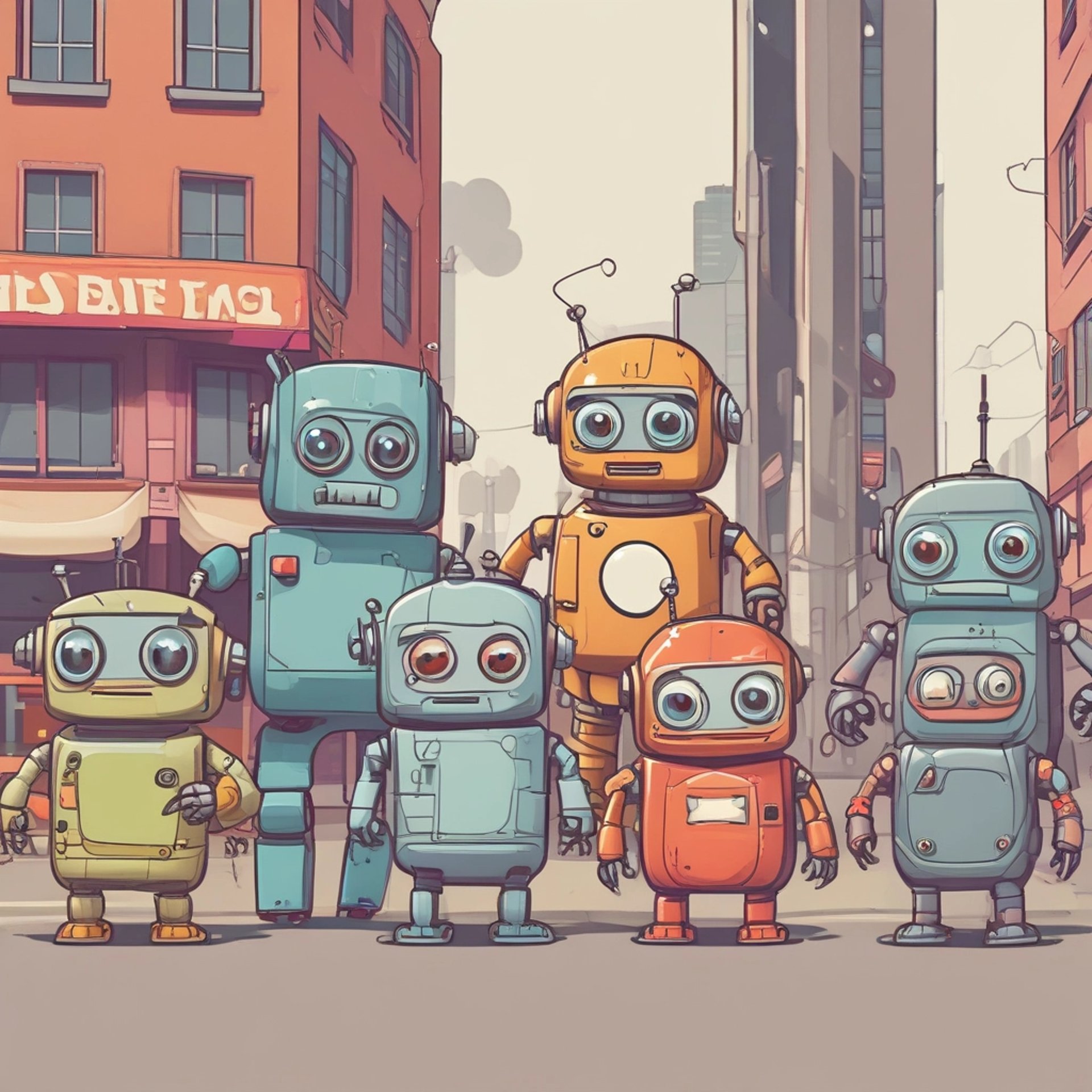Remembering Masahiro Mori: The Legacy of the Uncanny Valley
Remembering Masahiro Mori who died in January 2025 at the age of 97
LIFEPEOPLEHISTORY
AK
2/25/20252 min read


The Life of Masahiro Mori
Masahiro Mori, the visionary who proposed the concept of the uncanny valley effect, passed away on January 12, 2025, at the age of 97. His pioneering work in robotics and human-robot interactions has left a significant mark on multiple fields, particularly in the design of humanoid robots and virtual agents.
The Concept of the Uncanny Valley
Introduced by Mori in 1970, the uncanny valley effect describes the phenomenon whereby humanoid objects that resemble humans closely, but not perfectly, can elicit feelings of unease or discomfort in observers. This theory highlights humans' emotional response to robots and animated figures, bridging psychology and technology. As robots become more integrated into our daily lives, their impact on design decisions is increasingly relevant.
The Impact on Technology and Entertainment
Mori's uncanny valley concept has profoundly influenced how designers create humanoid robots and animated characters in film and television. Designers must navigate the intricate balance between realism and abstraction. An imperfect likeness can lead to eeriness, steering audiences away when it goes beyond a certain threshold. Thanks to Mori’s insights, creators are now more aware of the emotional responses elicited by their designs, leading to innovations that improve user engagement and emotional resonance. While initially, there was skepticism about whether the phenomenon would exist or not, there have been some empirical studies recently that showed that there is a non-linear relationship between how similar a robot is to a human and liking it.
Moreover, the uncanny valley has implications for various industries. In robotics, engineers apply Mori's theories to advance social robots intended for caregiving or companionship, ensuring they foster trust and comfort rather than fear. Similarly, in film, animators draw on the uncanny valley to enhance the believability of characters, pushing the boundaries of our imagination while also paying attention to the audience's emotional experience.
As we honor Masahiro Mori's contributions, we reflect on the significance of the uncanny valley in shaping human-robot interactions. His work serves as a reminder that technology should function effectively and resonate emotionally with users, enhancing human experience and connection.
Here is a link to a translated version of the original Uncanny Valley publication

